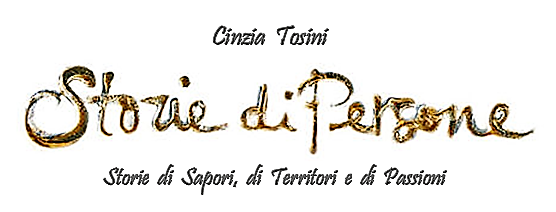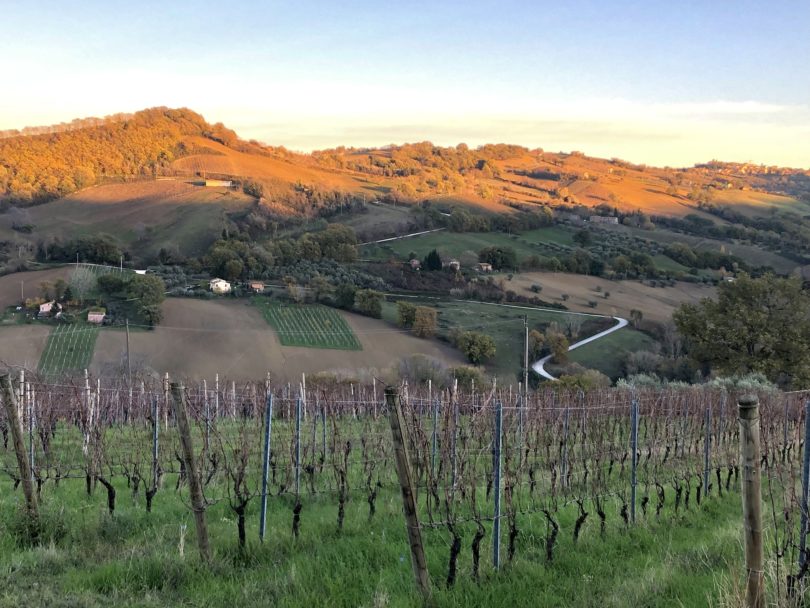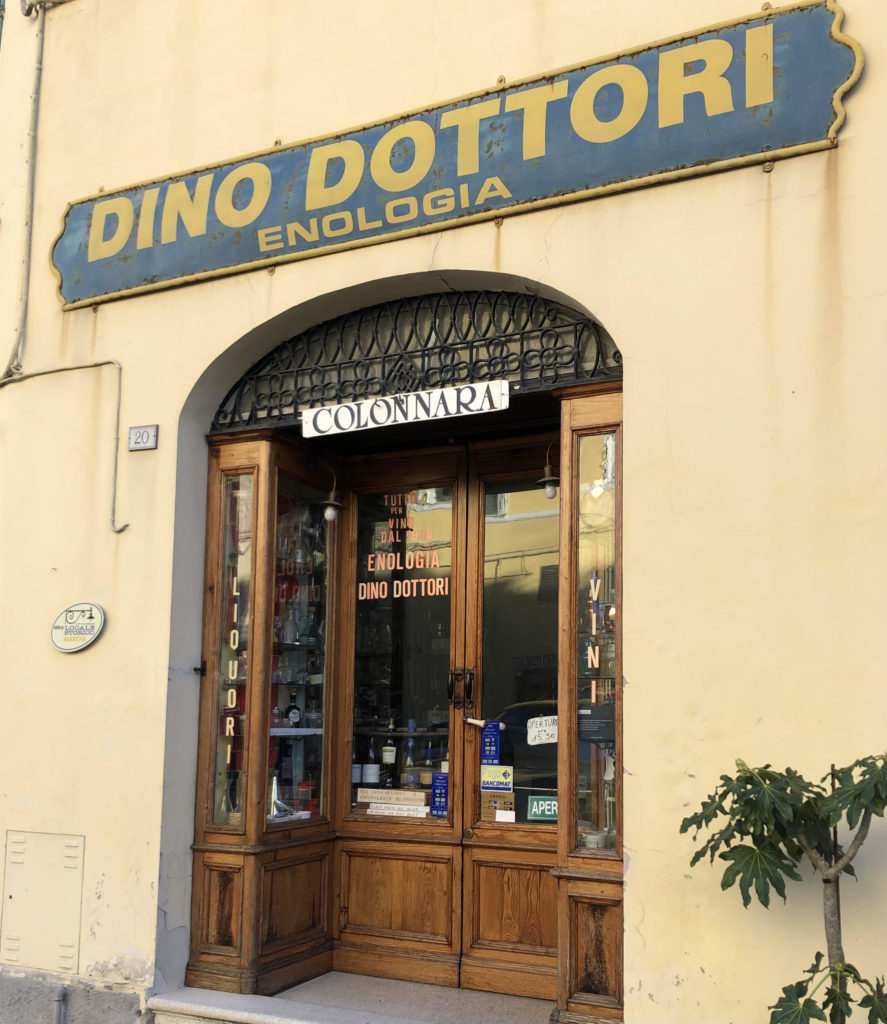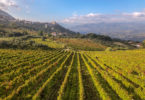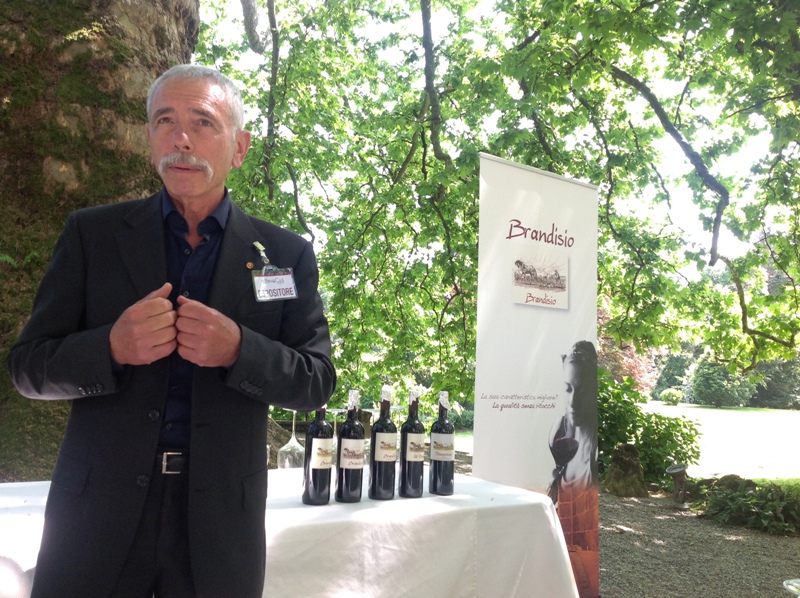The market, so beautiful so much still little known. I am referring above all to the hinterland, and, for fans like me, to its ancient wine routes. Paths dotted with hills and historic villages that make the eyes sparkle with the beauty of the landscapes. Among the many, on my last excursion, I wanted to choose one that has always been linked to the cultivation of the vine. Un comune parzialmente montano il cui nome fa riferimento al culto della dea Cupra, an Italic divinity protector of the fertility of the earth. I refer to Cupramontana, historic village located in 505 metri s.l.m. in the heart of the Marche, che dal 1939 it has earned the title of capital of Verdicchio, for the enhancement it has been able to give to this vine.
I remember years ago, to one of my introductory wine courses, trovai singolare la somiglianza genetica che lega il Verdicchio ad un vitigno veneto. I refer to Trebbiano di Soave, grown in the province of Verona and Vicenza, but not only. Among the most accredited hypotheses it seems that this ancient 'kinship' is due to a migration of Veronese farmers that in the fifteenth century, to escape the plague, they moved to Ancona. A forced and documented exodus, which induced the Venetian population to bring with them the rooted cuttings of their vines. Obviously, over the centuries this vine has been able to adapt well to the microclimatic conditions and the geomorphological characteristics of the soil., expressing themselves at their best and assuming a real organoleptic identity, thanks to which it can be considered a native vine. Il Verdicchio – il cui nome ha origine dalle persistenti sfumature verdi dell’acino – is a versatile grape that, if left to age, surprising for its complexity and elegance. Two denominations: Verdicchio of the Castles of Jesi, of character and structure with important alcoholic traits, and Verdicchio di Matelica, more delicate and with a modest alcohol content.
Mario Soldati in the autumn of 1970, during his second journey to discover real wines, raccontò in “Vino al Vino” il suo incontro con il Verdicchio, or better, with Verdicchio from the Castellucci di Montecarotto winery. An experience full of intense aromas, fresh, pungent. Greenish straw yellow colors. Flavors first sweetened, then sour, con un’aromaticità che a Soldati riportò alla mente alcuni Riesling, Chablis, Gewürztraminer and Pinot grigi: “The class is the same, but the composition of the aromas is different, particular to verdicchio, or at least this Verdicchio, and, in short, unique." Asides aside, the territory of Cupramontana is inextricably linked to viticulture and the production of Verdicchio. Walking through the old town, with a typical medieval aspect, I found the shops specializing in the sale of material for oenology very interesting. The sight of their shop windows speaks volumes about the interests of the people of these lands.
Continuing with my walk all of a sudden my gaze turned to an imposing structure. An architectural gem dating back to the early 1700s that I had every intention of visiting. Too bad it was closed! Despite this, as often happens in small towns, if you kindly ask… you get! So it was again this time thanks to the councilor for culture of the municipality of Cupramontana, the kind Maddalena Mennechella, who happened to be on the spot to do some chores. His kind and friendly hospitality allowed me to visit the ME – Cave museum, a museum itinerary located in the magnificent caves of Convent of Santa Caterina. A labyrinth of tunnels dug into the sandstone protected by the Ministry for Cultural Heritage and Activities, in which the symbolic product of this land is told through display panels and educational materials: the Verdicchio. Inside there is also the Museum of the label, in which numerous labels selected by the 'golden label' award are exhibited.
The last stop on my excursion to Cupramontana was at the farm Ca’Liptra. But I will tell you more about this visit in my next paper. One, perché quel giorno le forti folate di vento mi hanno fatto pensare alla sua importante influenza in viticoltura. Prima di scriverne però voglio documentarmi meglio. 😉
MIG Musei in Grotta Cupramontana (AN) – www.museiingrotta.it
Photo credit Verdicchio: Turismo Cupramontana www.turismo-cupramontana.com
